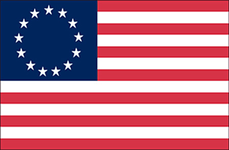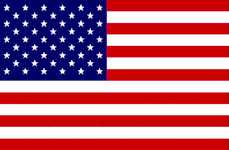- Welcome to Traditional Muzzleloading on the Cheap.



-
Incredibly stupid question (probably) about sideplates
Started by The_micked_kettle1, November 15, 2016, 10:11:14 PM
Previous topic - Next topic
User actions



Started by The_micked_kettle1, November 15, 2016, 10:11:14 PM
Previous topic - Next topic